Wrist Fracture Treatment
A wrist fracture is a break in any area of the wrist or immediately surrounding area.
The fracture typically involves one or more of the carpal bones and the bones of the forearm. which are the distal radius, distal ulna, trapezoid, capitate, trapezium, lunate, hamate, pisiform, ulnar and scaphoid.
At Orthotics Plus, the most common fractures we treat are distal radius and scaphoid fractures. We provide casting for all bone fractures, along with support during the rehabilitation phase.
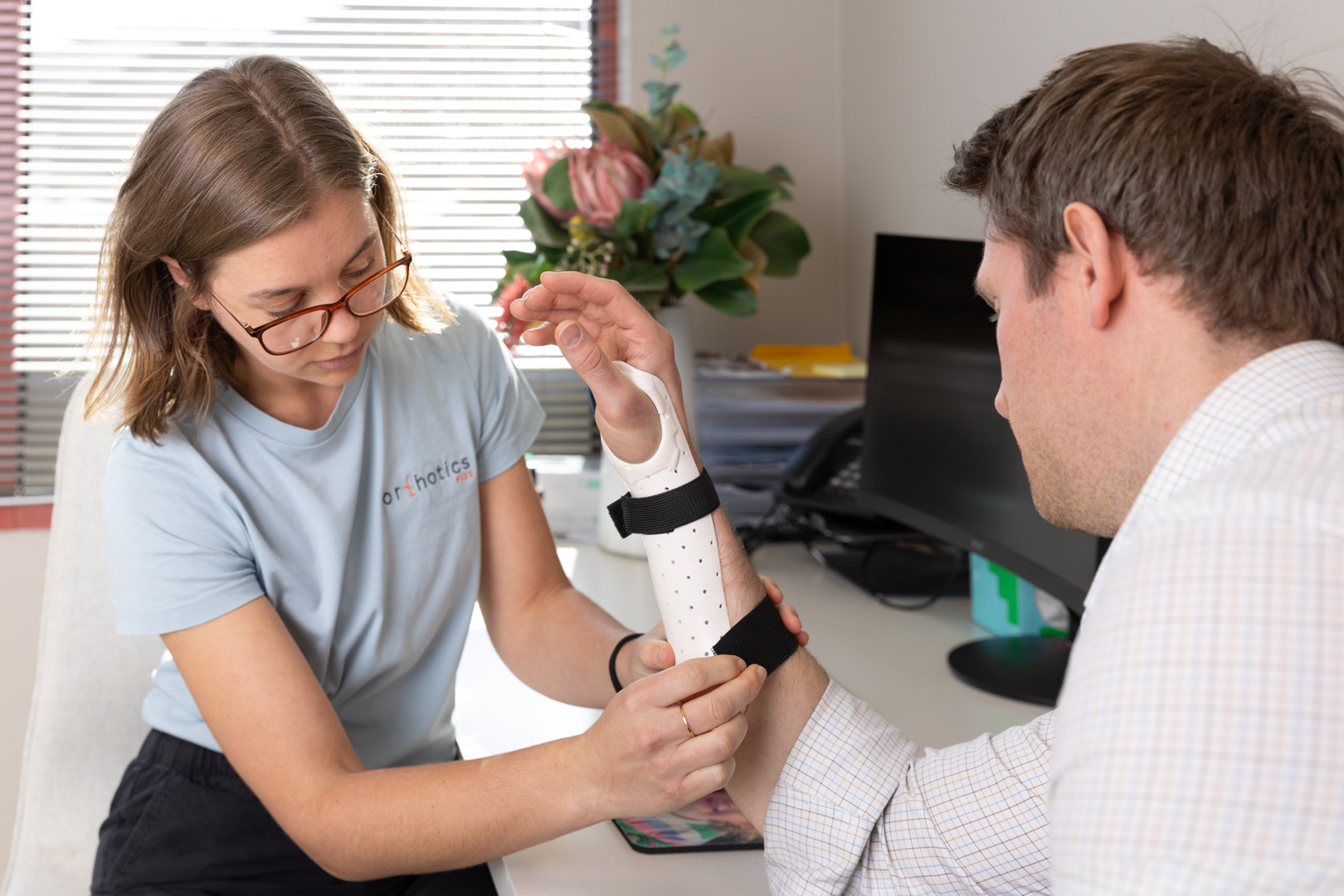
Wrist Fracture Services
-
Learn More +
Scaphoid
Professional fracture management for scaphoid wrist fractures
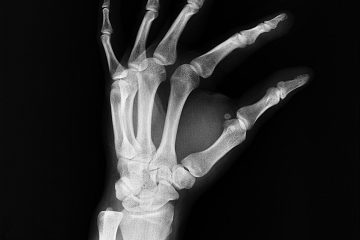
-
Learn More +
Waterproof Casts
Light Weight, Strong Casts

-
Learn More +
Distal Radius Treatment & Casting
The fracture occurs at the end of the bone near the wrist joint
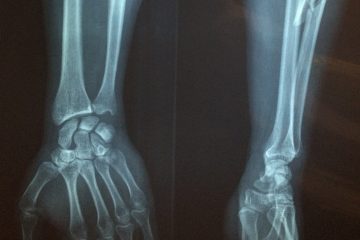
-
Learn More +
Fibreglass Casts
Treat Fractures of Upper/Lower Limbs

-
Learn More +
Buckle Fractures
Type of injury where the bone is deformed but not completely broken
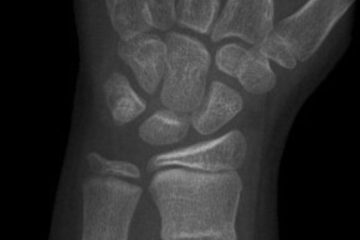
-
Learn More +
Wrist-Hand Orthosis (WHO)
Light Weight, Strong Casts

I Think I’ve Broken My Wrist. What Should I do?
Please see our general fractures page for more information.
Please present to an emergency department if you believe it is an emergency or your pain levels are too severe. They will be able to diagnose and temporarily stabilise your injury and provide pain management.
If it is not an emergency, arrange an appointment with your GP. They will be able to send you for an x-ray for diagnosis and if a fracture is present they will inform you if it is suitable for conservative management.
At this point they may refer you to Orthotics Plus for a definitive cast, you can also request they refer you to Orthotics Plus.
It is also common for a GP or emergency department to put you in a temporary splint such as a ‘plaster backslab’ until the swelling has gone down and then request you visit Orthotics Plus for definitive management
Your GP and Orthotics Plus will work together on the management plan for your wrist. This varies depending on the type of fracture. In most cases, the patient is fitted with either a cast or splint for a period of time, with follow-ups as necessary.
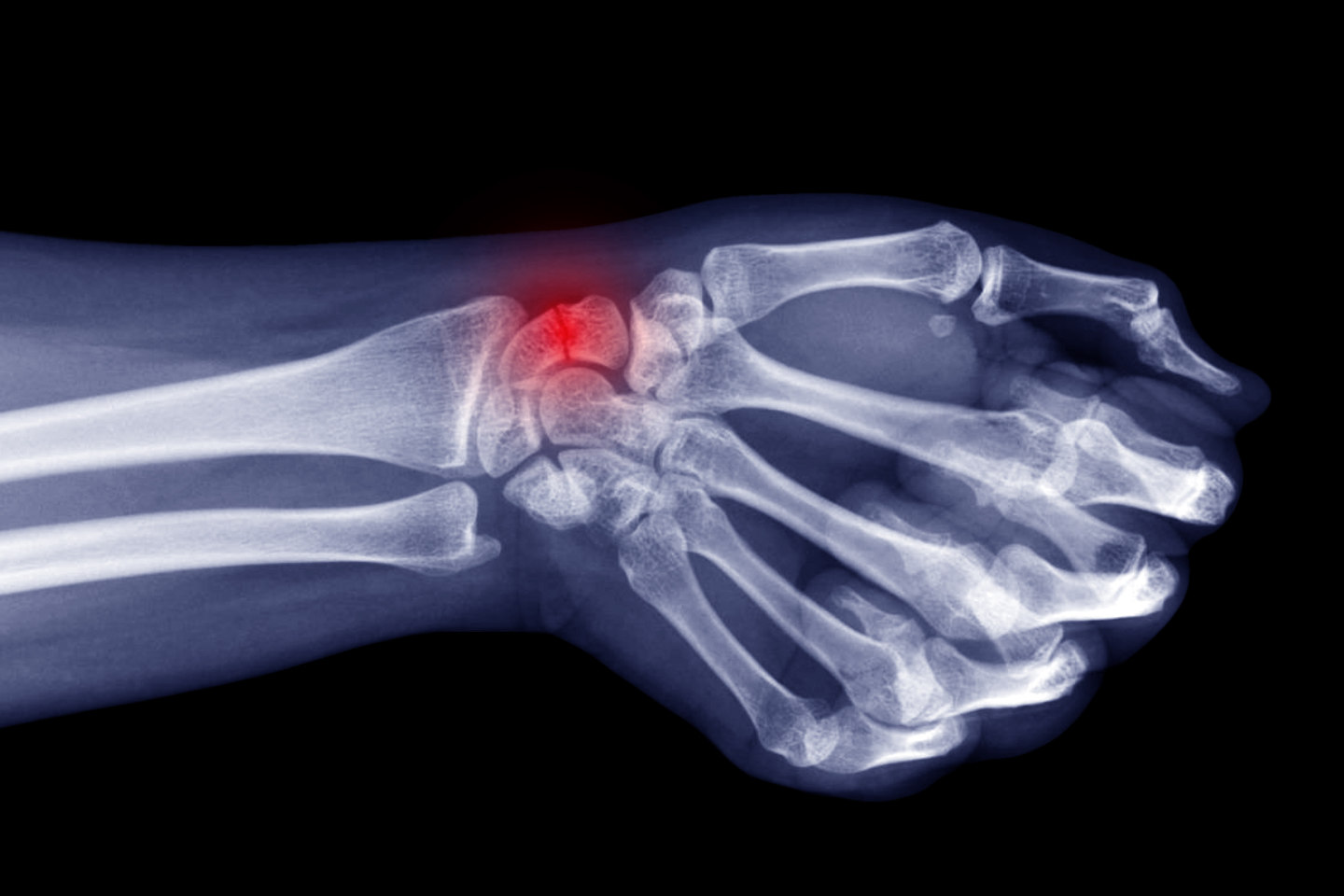
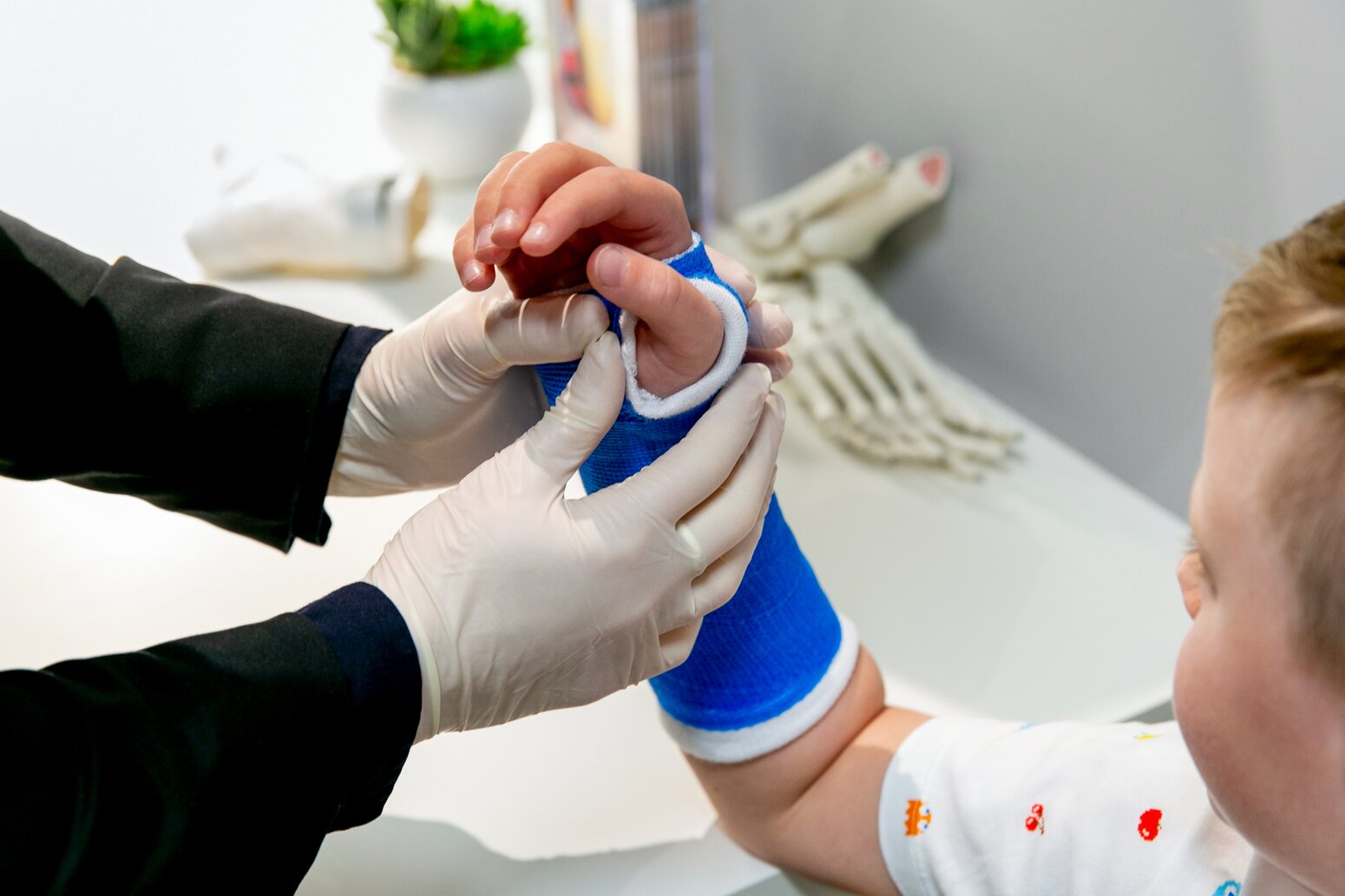
Types of Wrist Fractures
To clarify terminology, a wrist fracture is the same as a broken wrist or a wrist break. Each wrist fracture is unique, they can vary with any combination of:
- Bones
- Locations
- Severities
- Deformations
- Displacement
There are categories of wrist fractures, examples include Colles’ Fracture and Smith’s Fracture for adults, and for paediatrics, Greenstick and Buckle fractures.
As such, Orthotics Plus will always treat wrist fractures with an individualised approach.
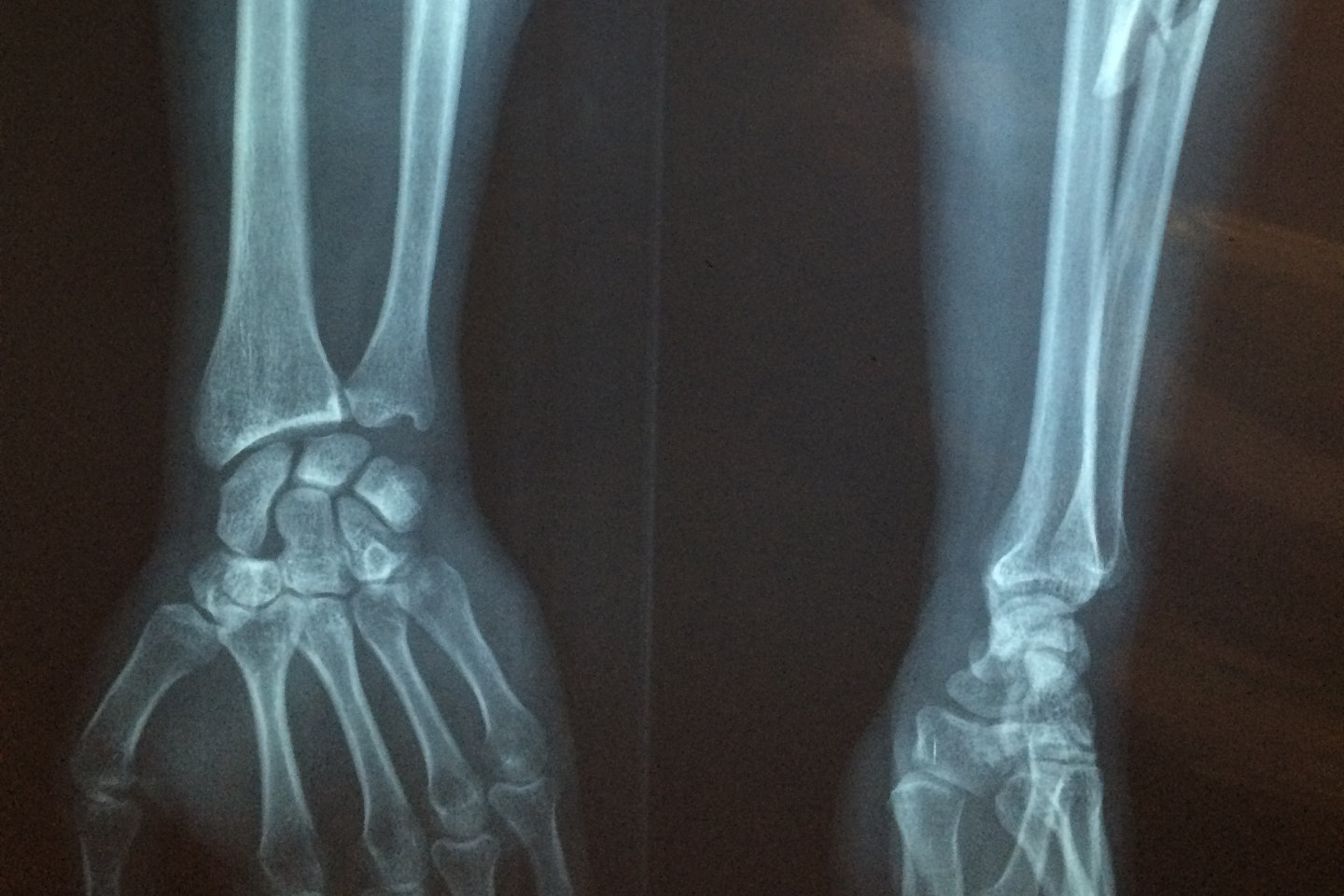
Wrist Fracture Services at Orthotics Plus
The treatment applied varies on many factors. Namely, patient age, injury sustained and severity.
We would generally treat wrist fractures with either a fibreglass cast or a custom-made wrist brace. Wrist fracture casts may require the limb to be set in certain positions, which Orthotics Plus is experienced with.
This treatment can be provided on the same-day you fracture your wrist and we will generally try and see wrist fracture patients the same day the referral is made. From this appointment, you may return to your doctor, specialist for follow-up reviews.
Typically the cast is worn for 4-6 weeks. At the end of the treatment Orthotics Plus will remove the cast at no charge and will provide you with some gentle range of motion exercises if appropriate Your GP may also opt to remove the cast.
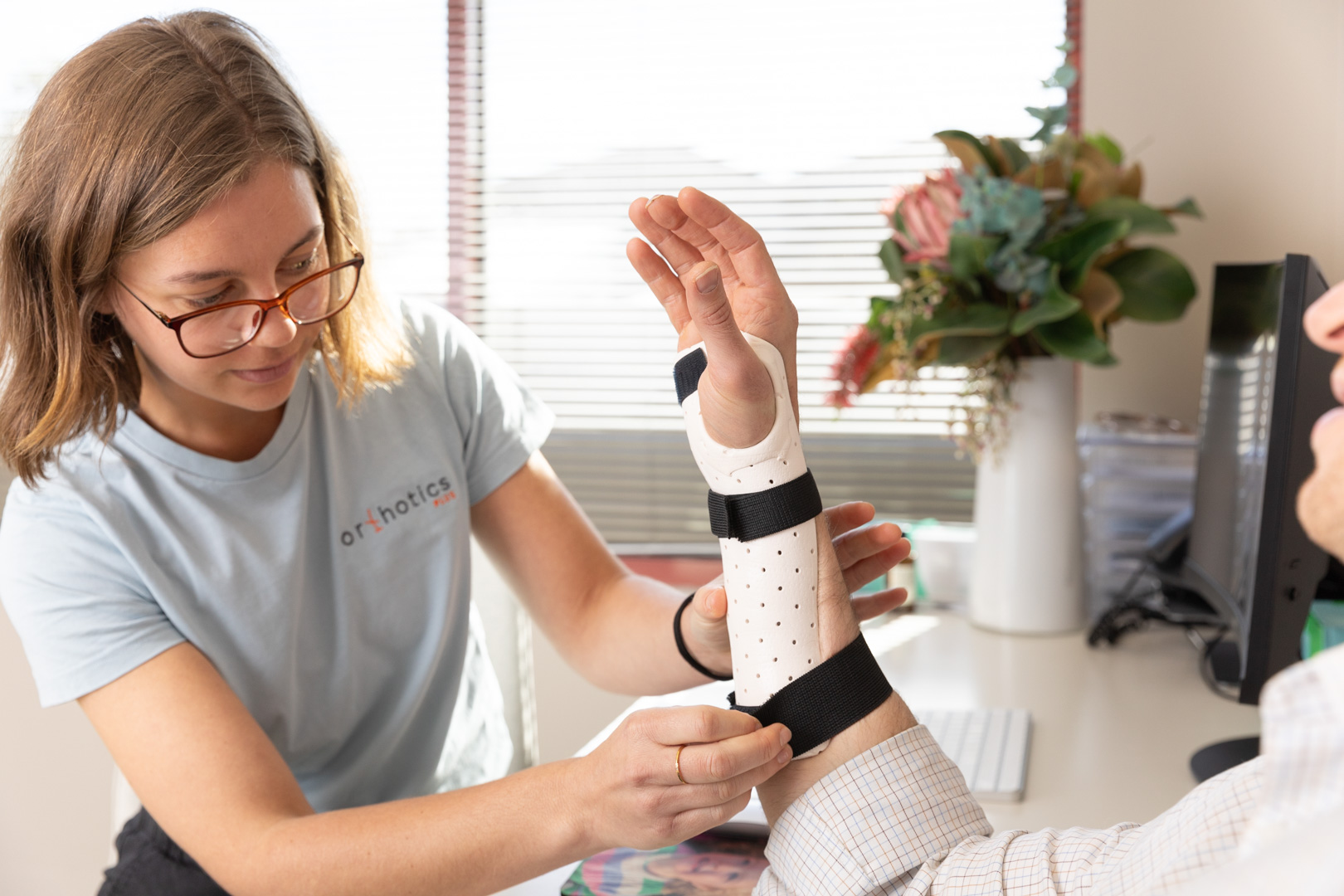
Contact Us for Wrist Fracture Support
Orthotics Plus provides compassionate care to those who have fractured their wrist. We aim to make our casts/splints as functional as possible.
- Our Orthotists are university-trained and extensive clinical experience with fracture management
- We work alongside your medical team to help establish safe return-to-work timeframes
- We offer both traditional and water-proof casts
- We have two clinic locations in Melbourne
- We have treated thousands of wrist fractures and pride ourselves on comfortable and effective casts.
Please use our referrals or clinic locations pages to get started.

Wrist Fracture FAQ
The vast majority of the time, yes.
Anytime Orthotics Plus looks at immobilising the wrist, we allow for free finger movement, as long as this is suitable for the type of fracture you have.
It is normal for a cast to be a bit uncomfortable in the beginning, however, if a cast is rubbing you or is excessively uncomfortable we suggest booking an appointment with Orthotics Plus.
If it was done by Orthotics Plus we will re-do it free of charge. If the cast was done elsewhere we can remove the poorly applied cast and re-do a more comfortable version.
The answer is normally 4-6 weeks, though it varies.
For paediatrics with a buckle fracture, this is often closer to the 4-week mark, with 2 weeks post-cast removal before returning to physical activity.
For adults, it’s usually the 6+ week mark, with 2 weeks post-cast removal before returning to physical activity.
For scaphoid fractures, there are times where a person is in the cast for up to 12 weeks, as it’s a bone with low blood supply and often takes longer to heal.
The most common reason we see wrist fractures is when a person has a Fall On Outstretched Hand (FOOSH).
This can occur when falling forwards or backwards and trying to break the fall with the hand.
It depends.
If it’s an unusual fracture (i.e. a highly displaced fracture), then a check x-ray may be needed at approx the 4-5 week mark. This is to ensure everything is being managed correctly and the fracture has not shifted. A check x-ray may also be requested by your Orthopedic surgeon.
However in most cases, a check x-ray is not required.
We can do definitive casts in both regular materials and waterproof materials.
Please see the waterproof casts section of our website for more information.